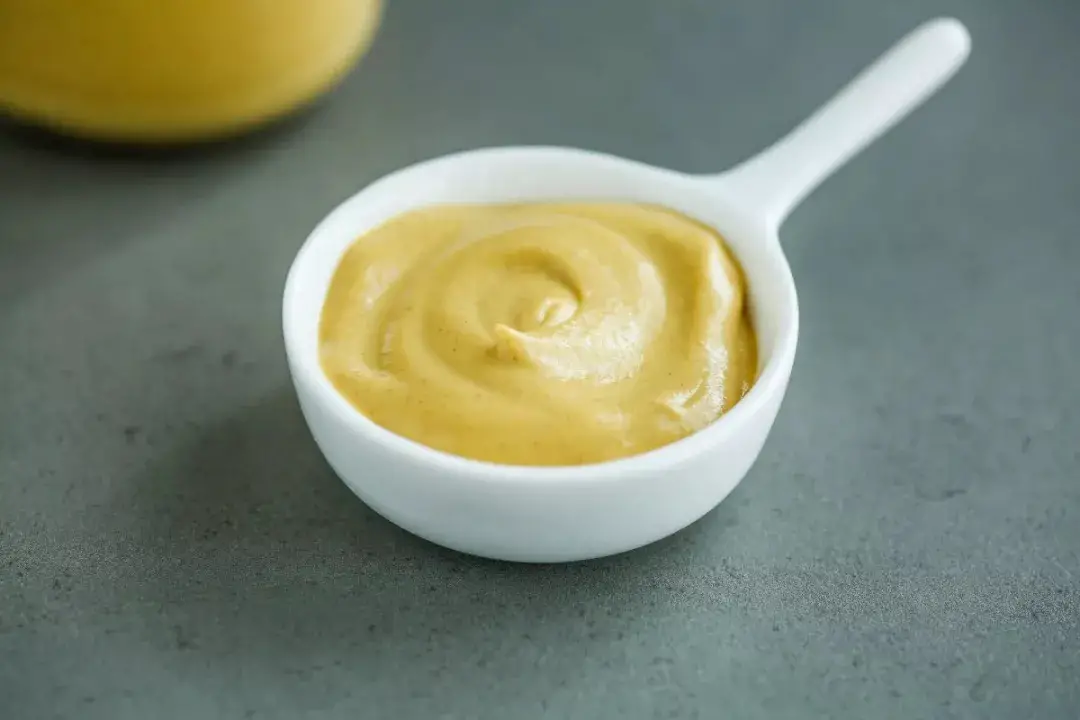
A Step By Step Guide Of Chinese Mustard Recipe (Hot)
Learning how to make your own condiments at home has a sense of satisfaction and accomplishment that only a few know. While most cooks prefer the easy way, which is purchasing those which are ready made, there are others who thrive on making their own. An advantage of the latter is that you can modify the taste to be exactly like you want. A classic example is the Chinese mustard recipe. I can almost guarantee that you have never thought of making your own. However, once you learn how to do it, you will be amazed by how simple it is, and you will be positively unstoppable when it comes to making it.
Usually, Chinese mustard is served alongside sweet duck sauce when you order appetizers such as crunchy fried noodles. Also, if you have never tried the mustard with a well-prepared fried wonton, egg roll or a piece of roasted pork belly, then you are really missing out on what life has to offer.
What is Chinese Mustard?
Did you know that most people, despite the fact that they have been tasted Chinese mustard over a million times, they can fail to positively identify it? Well I thought you should know. Simply put, if you remember well, the last time you took a Chinese takeout, there was red hot sauce packet with another orange duck sauce accompanying it. That, the yellow packet, is the Chinese mustard!
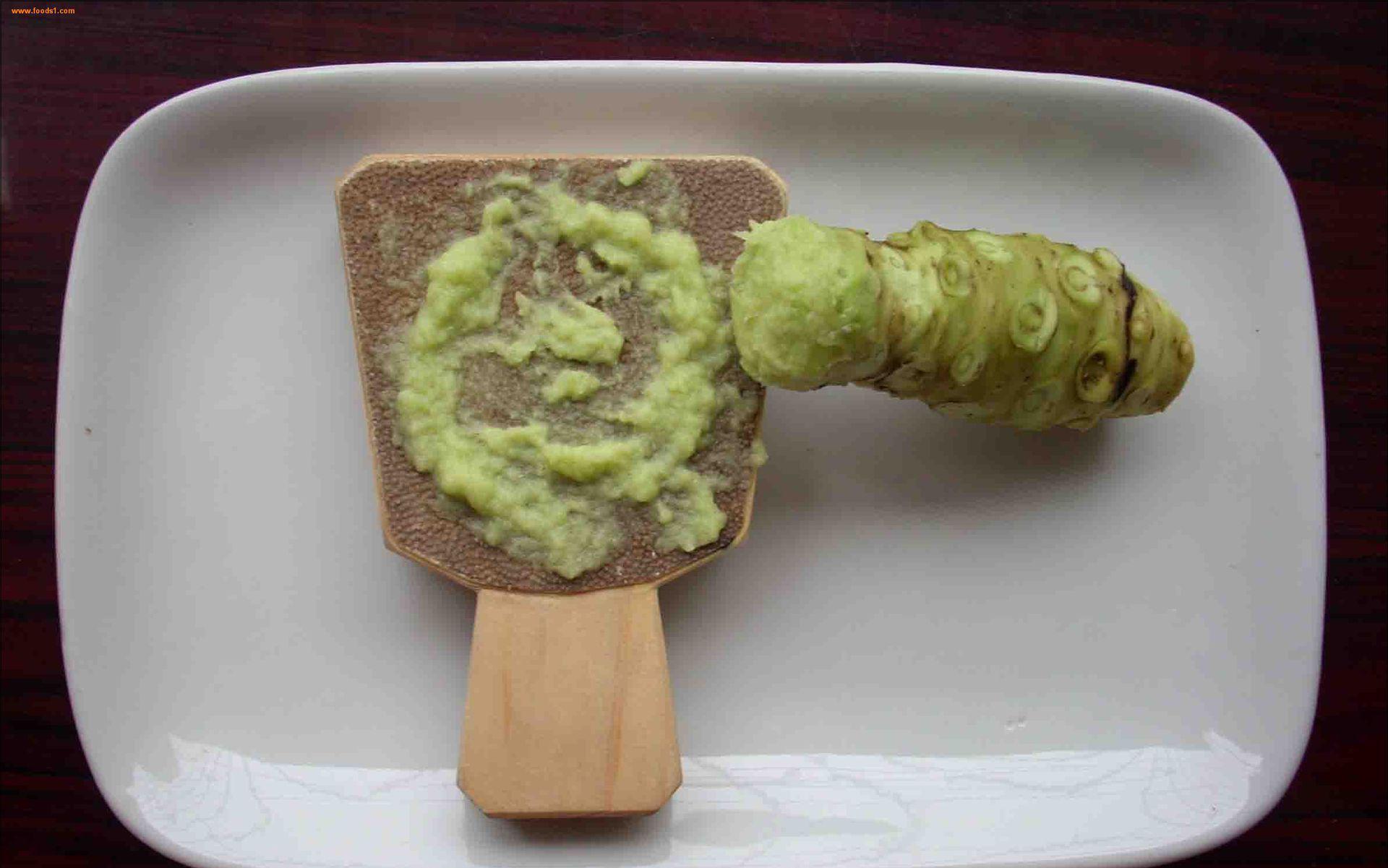
What is Chinese Mustard
Now that you are up to speed on what is being discussed, we can proceed. At least you will be able to relate. Chinese mustard is a condiment that has intense flavor that can fire your taste buds almost instantly upon tasting. It is particularly good if you have a stuffy nose, since it clears it in an instant.
Where You Can Buy Chinese Mustard?
Ordinarily, dry Chinese mustard powder can be purchased in most Asian grocery stores. The ready-made version often consists of two ingredients, turmeric and dry mustard powder. Coincidentally, these two will constitute the key ingredients for our home-made Chinese mustard recipe.
It is worth noting that the finer the mustard powder, the better the quality of Chinese mustard you can make.
Making Chinese Hot Mustard (4 servings)
Ingredients
- 1 tablespoon mustard powder, fine
- ¼ teaspoon of tablesalt
- A pinch of white paper
- 2 teaspoons water, hot
- ½ teaspoon vegetable oil
- 1/4 teaspoon rice vinegar (optional)
Instruction
- Add the ingredients to a medium sized bowl and mix them thoroughly until they form an even mix. While mixing, add some water in stages until a thick paste of uniform consistency is formed. Top it off with oil and vinegar, and re-stir the contents of the bowl until all the ingredients combine uniformly.
- Cover the Chinese mustard and give it 15 minutes before restring to ensure all the ingredients dry, and are fully absorbed. Once that happens, you can uncover the mustard, taste, and adjust the taste as desired using any of the ingredients.
- Depending on the consistency, you can choose to add either more water, oil or vinegar. However, you should note that if you desire to have a spicier Chinese mustard recipe, the quantities of vinegar should be controlled since it makes it a little bit mellow. Also, you can adjust white pepper or mustard powder accordingly.
- Serve while fresh.
Note: Since Chinese mustard is very easy to make, you can choose to make it in small batches to ensure that each time you are taking a fresh ingredient. Additionally, the Chinese mustard recipe is designed such that you can get it done with all the procedures within 15 minutes, or 10 if you are fast enough. Take advantage of this.
Additional Notes On Preparation Of Chinese Hot Mustard
Sometimes you may realize that while you are mixing the ingredients, you just don’t get it right when it comes to mixing the ingredients. That is partly caused due to the steps you follow while mixing ingredients. A good tried and tested technique involves beginning with the dry ingredients first. Mix them until they evenly combine. Once that is done, you can then add some water, bit by bit while mixing as you observe the changes in consistency.
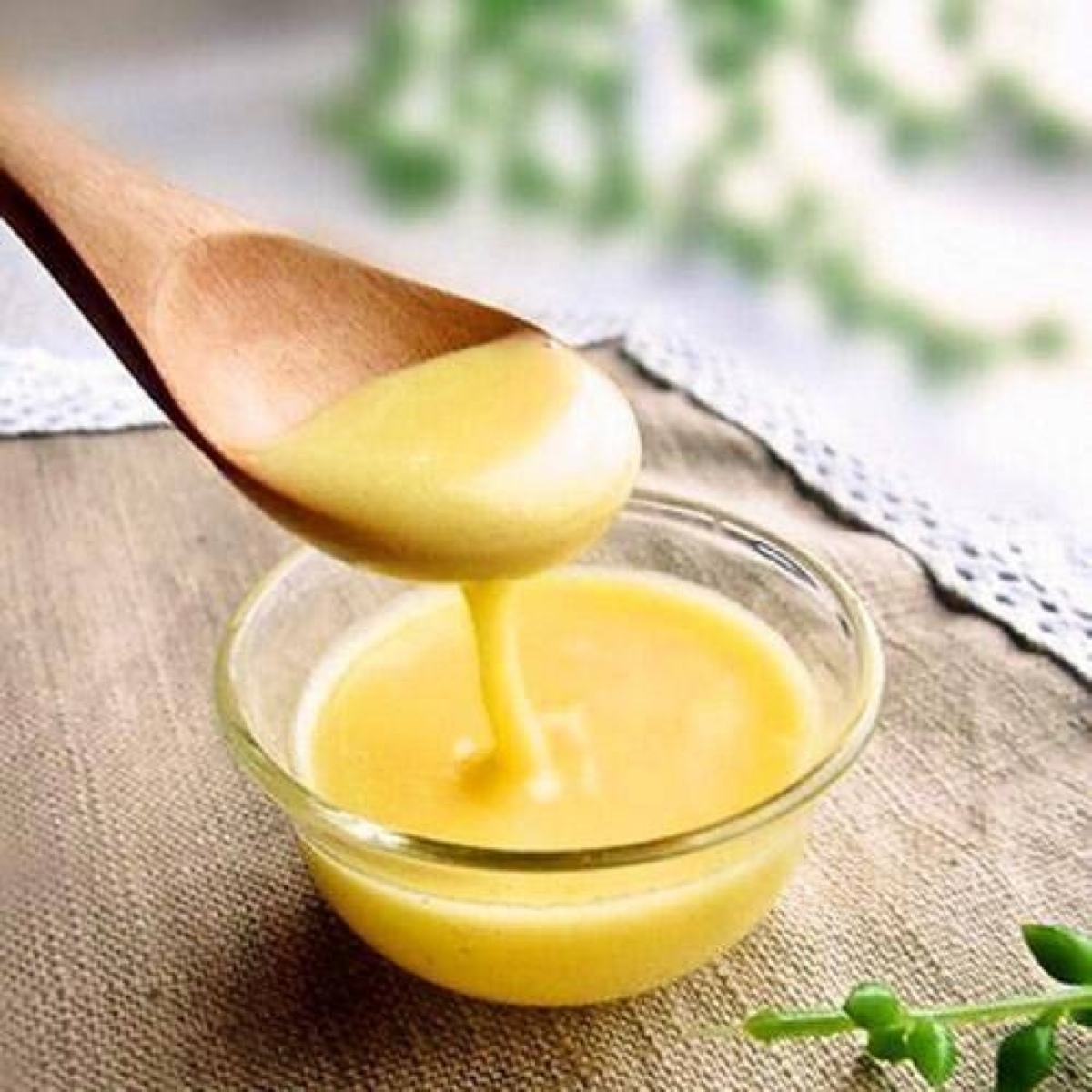
Additional Notes On Preparation Of Chinese Hot Mustard
Since the dry ingredients absorb the water, you should watch to see how much water is absorbed to determine the amount you will require to add. You can let it rest for 10 minutes, before re-stirring. At this point, the ingredients should have absorbed the water to saturation, and you can adjust its content depending on the thickness and consistency you desire.
Apart from that, you may realize that the consistency you get in the final product is not exactly what you had hoped to get. However, that should not faze you. If you need a thinner consistency, you can add some more oil or water and re-mix to get a good consistency. Similarly, if you want to increase its thickness, you can easily add mustard powder and white paper.
Why Is the Mustard Hot?
Out of all the recipes, most people find hot mustard one of the easiest and well, fascinating. That is because the flavorful sauce usually imparts a scorching heat to the mouth when taken. For this reason, I had to dig a bit to find out where the source of the heat comes from in a sauce which can be easily be mistaken as mild, by those who don’t know.
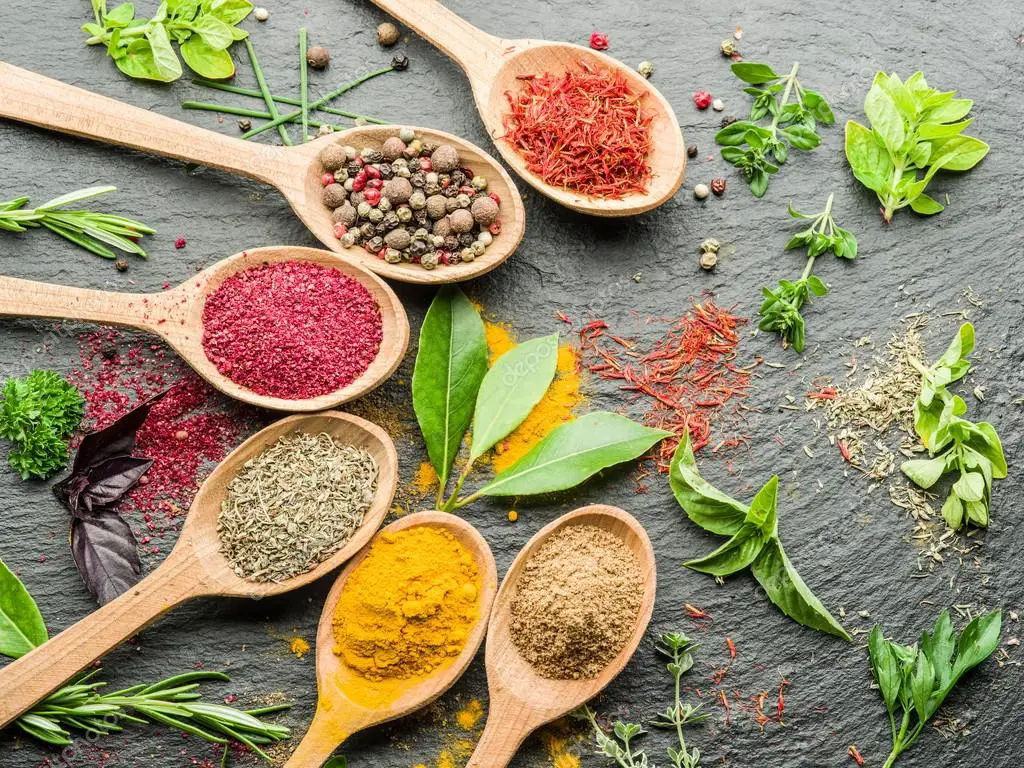
Why Is the Mustard Hot
This probably is not the best explanation to the source of heat. Although it will give you a basic of the same. Buckle up ladies and gentlemen. We are going to dig deep into some real science as we attempt to establish how it happens. Here is the gist of how it happens.
Mustard powder has an active ingredient, and enzyme known as myrosinase. The enzyme breaks down the glucose in the mustard, known as glucosinolates and converts it to isothiocyanates in the presence of cold water. In the process, a lot of heat is generated, which creates the characteristic heat you often feel when you have a taste of hot mustard.
Final Thought
Now that you know how easy it is to make Chinese Mustard sauce, you can experiment with the ingredients, and feel free to try out with as many substitutes as you can get in your nearest market.


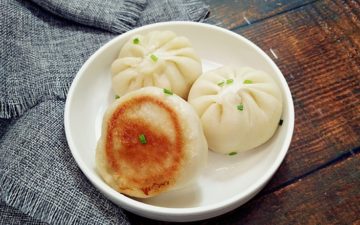
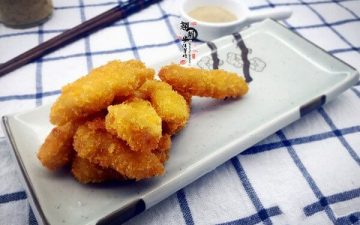
Liuzhou Laowai
I live in China and have never ever seen mustard sauce. No restaurants serve it; no shops carry mustard powder. It isn’t Chinese; it is only served in America.
Jack Smith
Hi, Liuzhou. In fact, there are two types of mustard in the world. One is green mustard which we seen in common and origin originate from the west. The another one is the yellow mustard which is grinded from the seed of leaf mustard.You can find the detail here
But we made the wrong picture of this article and confused the different.we will update it recently.Thank for you correction.
Ian
While I agree that mustard isn’t really a thing in China (at least not eastern China), it is emphatically NOT American in origin. Also, many things in American Chinese cuisine originate in the Chinese-American community. It is entirely possible for this use of ‘Chinese’ to be correct.
Jack Smith
Yes, I agree with you.